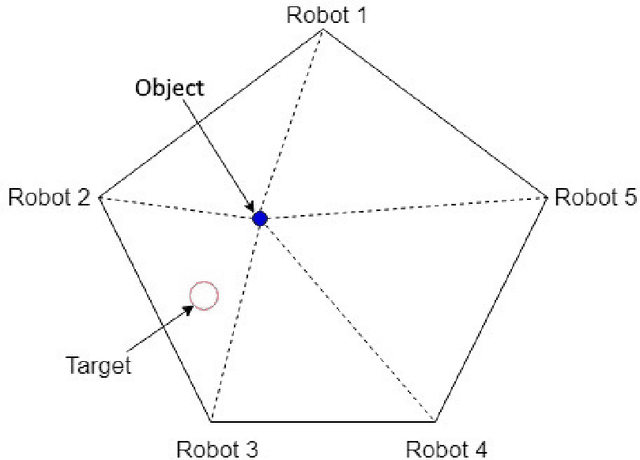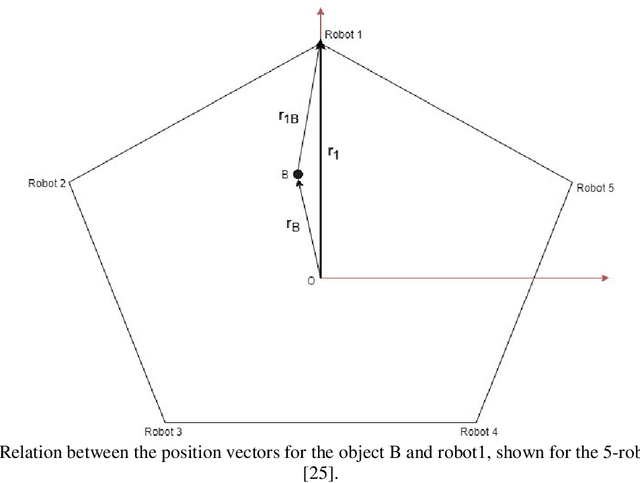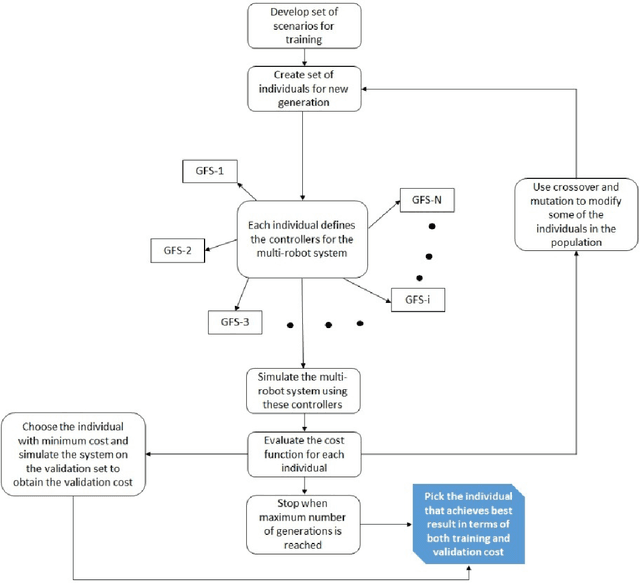Anoop Sathyan
Comparison Between Genetic Fuzzy Methodology and Q-learning for Collaborative Control Design
Aug 28, 2020



Abstract:A comparison between two machine learning approaches viz., Genetic Fuzzy Methodology and Q-learning, is presented in this paper. The approaches are used to model controllers for a set of collaborative robots that need to work together to bring an object to a target position. The robots are fixed and are attached to the object through elastic cables. A major constraint considered in this problem is that the robots cannot communicate with each other. This means that at any instant, each robot has no motion or control information of the other robots and it can only pull or release its cable based only on the motion states of the object. This decentralized control problem provides a good example to test the capabilities and restrictions of these two machine learning approaches. The system is first trained using a set of training scenarios and then applied to an extensive test set to check the generalization achieved by each method.
* 15 pages, 9 figures
 Add to Chrome
Add to Chrome Add to Firefox
Add to Firefox Add to Edge
Add to Edge